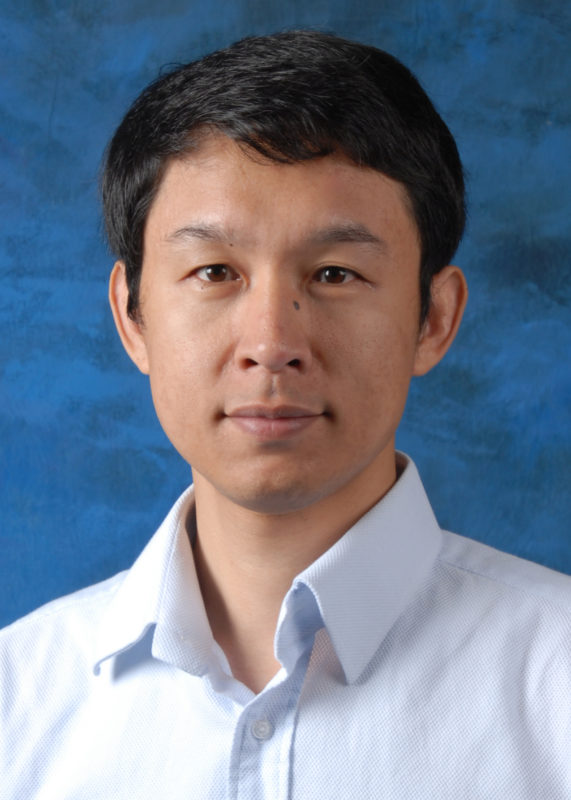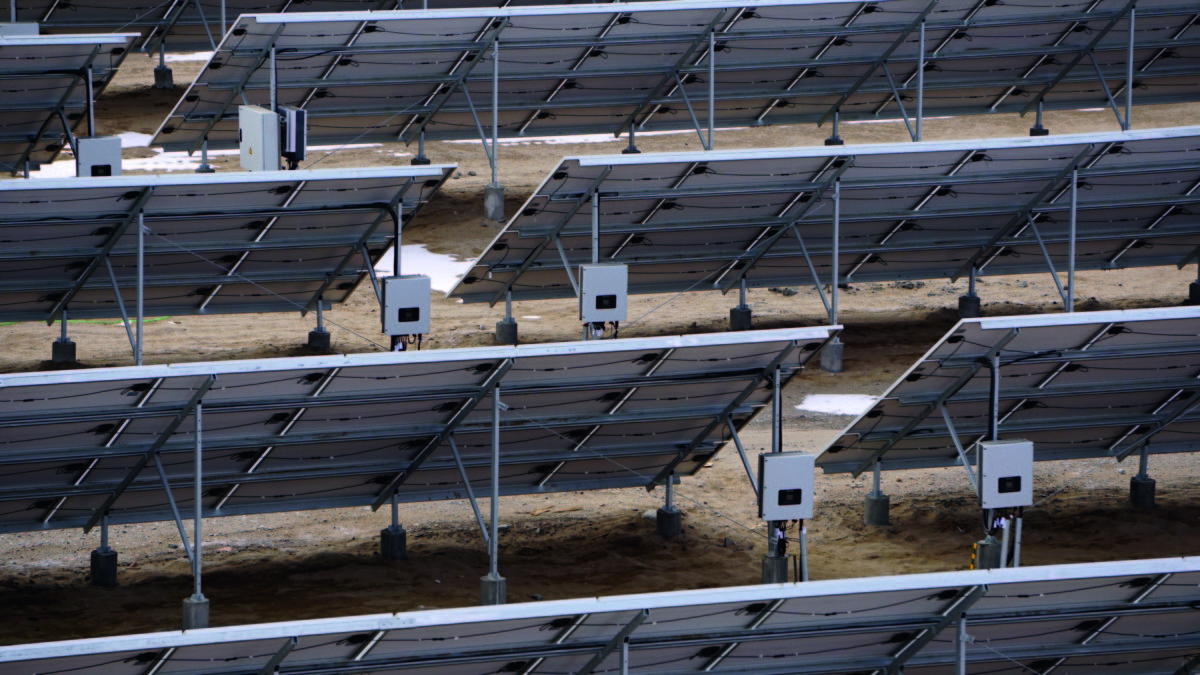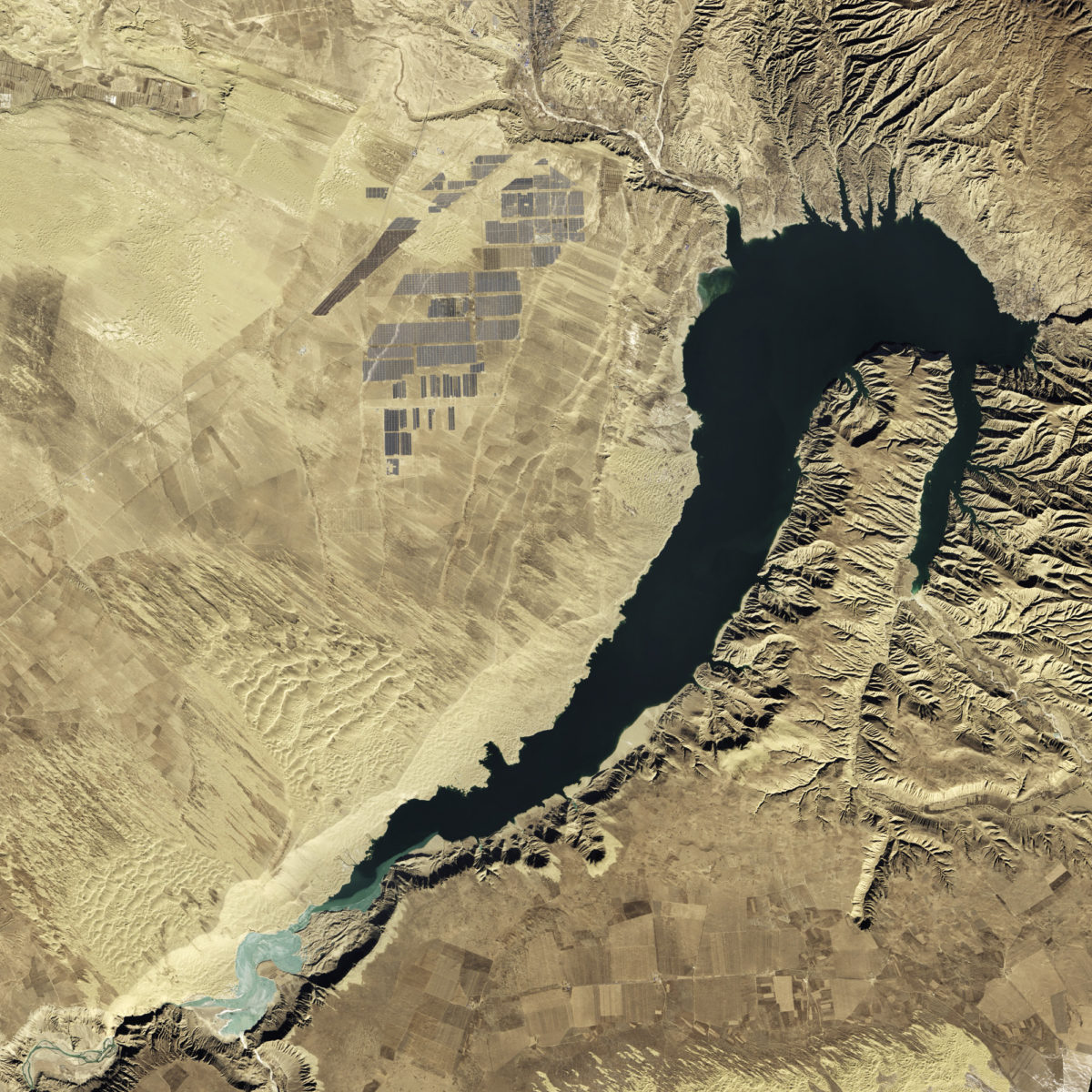When we meet Dr. Yunfeng Liu, Chief Energy Scientist at Huawei Technologies Co., Ltd. in Shanghai in March, Dr. Liu starts the discussion by mentioning Jeremy Rifkin and Rifkin’s book “The Third Industrial Revolution.” Rifkin coined the concept of the “energy Internet”, which is premised on a high penetration of distributed energy resources that call for a different kind of grid than the top-down model based on conventional energy generation with its fleet of large scale plants.
As Dr. Liu points out, this transition to an “energy Internet” does not mean that conventional electricity networks are not sophisticated. They might not be premised on multiple nodes of distributed energy resources, but their operation is in fact anything but primitive, as described in more detail later in this article.
When we meet Dr. Yunfeng Liu, Chief Energy Scientist at Huawei Technologies Co., Ltd. in Shanghai in March, Dr. Liu starts the discussion by mentioning Jeremy Rifkin and Rifkin’s book “The Third Industrial Revolution.” Rifkin coined the concept of the “energy Internet”, which is premised on a high penetration of distributed energy resources that call for a different kind of grid than the top-down model based on conventional energy generation with its fleet of large scale plants.
As Dr. Liu points out, this transition to an “energy Internet” does not mean that conventional electricity networks are not sophisticated. They might not be premised on multiple nodes of distributed energy resources, but their operation is in fact anything but primitive, as described in more detail later in this article.

Image: Huawei
Germany’s Pioneering Role
Dr. Liu also mentions the role of German science and technology, going back to the 19th century in the development of DC to AC power systems. He values Germany’s pioneering role in making the shift to clean energy, including the deployment of distributed energy resources and a power system incorporating a large amount of renewables. Thanks to Germany’s Renewable Energy Sources Act (“Erneuerbare Energien Gesetz” or EEG), promulgated in the year 2000, Germany provided the model to drive the investment in renewables.
The EEG provided the foundation for the country’s energy transition (Energiewende) and the ongoing overhaul of Germany’s established energy system.
China is undergoing its own massive Energiewende, as the Chinese government tries to replace polluting thermal power, still the backbone of the country’s power system, with renewable energy resources. In 2017 China added a very impressive 53.06 GW of solar PV capacity, representing a year-over-year (YoY) increase of 53.6%. This amounted to more than half of what was added worldwide in 2017 (98.9 GW according to Solar Power Europe, the European PV industry association). On the wind side, China added 19.7 GW last year, about 38% of the global wind power capacity added (52 GW according to a report from the Global Wind Energy Council), making it the number one market for both solar PV and wind in 2017.
Strong central government support allows for a massive infrastructure buildout to transition away from thermal power generation to clean energies like solar PV. China’s Three Gorges hydropower project is the best example, but China’s power sector also offers other prominent examples: The massive buildout of ultra-high-voltage (UHV) transmission lines from western to eastern China is a case-in-point. Most of these UHV lines use direct current, and a recent project completed in Anhui province involved the world’s first 1,100 Kv UHVDC transmission line with a transmission capacity of 12 million kilowatts. As Dr. Liu explains, these UHV transmission lines collect energy from wind and solar farms in China’s western regions and transmit them to China’s major load centers on the eastern seaboard.
Making the connection
Huawei’s focus is on the power generation side, and connecting these increasingly large renewable energy plants to the country’s electricity grid. Despite the fairly recent rollout of these UHV DC lines, the paradigm is still the transmission and distribution system developed by mainly European and American inventors in the late 19th and early 20th centuries. Dr. Liu is full of admiration for the work of pioneers like Albert Einstein, Werner von Siemens, Charles Steinmetz, Nikola Tesla, and George Westinghouse, who perfected such a power system to provide for a remarkably stable electricity grid capable of transmitting electricity at almost the speed of light over very long distances.
Their technology still governs how electricity grids are run today and instead of being “dumb grids” that need to be replaced by “smart grids,” these grids are remarkably sophisticated: Subtle frequency shifts provide the control layer to run these grids to make sure that power generation and demand remain balanced and to maintain a frequency of 50 or 60 hertz. Conventional power plants, such as coal-fired thermal power plants that still provide the bulk of China’s electricity, can also utilize shaft inertia to provide very short-term flywheel-like power to the grid. This is essentially short-term energy storage, and Dr. Liu points to a study of China’s southern power grid, the second largest grid in China with a total power generation capacity of 270 GW in 2016. The effective moment of inertia provided by power plant turbine shaft inertia in this network, is 120 kilotons, comparable to a massive flywheel.
This ability of conventional power networks to supply short-term bursts of energy to stabilize the grid is lacking in renewable energy power plants. As China continues to push the envelope when it comes to ramping up renewables and decarbonizing its energy landscape, this deficiency is becoming a bigger issue for both the renewables camp and the established gridcos. Low cost energy storage is the holy grail, but Dr. Liu does not see a sufficient decrease in battery prices, at least in the short to medium term, to remedy this deficiency using battery technology. Nevertheless, Dr. Liu and his colleagues at Huawei’s Watt Lab, which he manages, are devoting considerable resources to improving battery performance, be it on the energy density side or the power density side. While the former describes how much energy in kilowatt hours can be stored in a battery, the latter describes the speed at which a battery can be charged and discharged. Ramping-up charging times is especially difficult, but Huawei’s Watt Lab has been especially productive in this area with its “magic” fast charge technology, which delivers up to 8 A of current, quadruple the 2 A used to charge conventional smartphones.
But if low cost battery units are still not available for large-scale ground-mounted PV power plants in a harshly competitive market like China’s utility-scale PV market (where price pressures are far higher than consumers wishing to buy the latest smartphone gadget), Huawei can still provide technology to stabilize the integration of renewable power plants into China’s grid. To replicate what pioneers like Steinmetz and Tesla achieved with conventional power systems, Huawei, under Dr. Liu’s leadership, has developed silicon information chip technology to control the silicon power chip, to in turn control the power flow between generation assets and the grid. The aim is to simulate the turbine shaft inertia of conventional power plants to provide a certain reserve to help stabilize the grid.
Such DSP technology is already being deployed by Huawei in its Power Electronics Router, and this silicon-based grid stabilization mechanism became available just in time to alleviate serious PV curtailment issues in China and make an even higher rate of solar and wind power adoption possible. As Dr. Liu recounts, PV’s ramp-up has come very quickly in China, with 10 MW PV power plants being the norm just five years ago in 2013. In 2014 the norm leaped to 30 MW, only to be replaced by 100 MW solar farms in 2015. And in 2016 plant capacities went to 1 GW, requiring more elaborate grid integration than the much smaller systems just a few years earlier.
Monitoring
Improved plant monitoring provides another mechanism to better understand and predict plant behavior, which in turn provides another lever to improve grid integration and stability. But we should not expect Huawei’s innovative stringlevel monitoring of PV plants to go to the module level anytime soon, cautions Dr. Liu. It is like the battery technology that could provide the final anchor of stability for renewable power plants, but are still too expensive to make it into the bids in fiercely competitive energy auctions in China or other big markets. Dr. Liu reckons that module-level monitoring would add 20 to 30% to the cost of the inverter, and this is simply too much for PV developers and EPCs in China. He does, however, point to the residential sector, which is still underdeveloped in China, but very far along in markets like Australia, Europe, and the U.S. Price pressures are not as extreme in this sector, and in its latest residential solution Huawei is already offering module-level monitoring to optimize output.
Eventually, Dr. Liu believes, module-level monitoring will also reach utilityscale PV, but for now string-level monitoring is already providing significant benefits to large-scale PV power plants, especially when combined with Huawei’s smart I-V curve analysis, which uses a range of algorithms to diagnose faults at the string level. As Dr. Liu recalls, when Huawei first rolled out string inverters for the PV market in China, the assumption was that the grid the PV plant was connecting to was a strong one. As plant sizes quickly grew to hundreds of megawatts and even gigawatt scale, the manufacturer realized that this assumption was no longer valid. For China’s large gridcos, connecting hundreds of solar megawatts to their grid was a wholly different matter than a few here and there. The challenge for Dr. Liu’s team (and Huawei’s PV business as a whole) was to develop smarter inverters, which would work better with the grid and simulate some of the behavior of traditional power plants, with their turbine shaft inertia and other stabilization mechanisms. But unlike their thermal counterparts, this was going to happen with chip and IT technology, the core expertise of Huawei.

Image: Huawei
The right materials
Silicon-based technology plays a fundamental role in this story and also featured prominently in pv magazine’s interview with Dr. Liu. Not only are the chips in Huawei’s PV equipment siliconbased, but the main component in the PV power plant, the solar panel, is a silicon-based component. As Dr. Liu points out, silicon is essentially free, allowing micro-mechanical manufacturing improvements to drive down cost as scale increases. This has allowed PV electricity costs to decrease by 73% since 2010 and is also helping inverter manufacturers like Huawei reduce their cost as the supply increases. But as Dr. Liu makes clear, lithium-ion battery technology cannot rely on this model. Battery technology is not silicon-based and the materials used in making battery cells are not as bountiful as silicon. Instead relatively expensive materials like lithium and cobalt make up most of the cost of lithium-ion batteries – the batteries which exhibit the best performance characteristics (cycle time, energy density, and power density).
Accordingly, Dr. Liu does not see the learning curve “success story” of PV applying to lithium-ion batteries. Large new battery gigafactories being built in China will require extended government support until we reach the tipping point where batteries can be sold to electric vehicle manufacturers or energy companies subsidy-free to make them competitive. This could well take 10 years, and as we have learned from other precious materials like copper, it is very difficult to predict the future price curve of these materials. That is the beauty of the basic material silicon, which is abundant and not subject to market speculation.
Once we get to this tipping point we might return to the direct current power system first deployed by Thomas Edison in New York City in 1882. The deployment of cheap battery storage systems within microgrids and other electricity networks might obviate the need to deploy power systems premised on DC to AC conversion. Already today we can see such power systems at work in small offgrid solutions, where DC appliances utilize clean DC electricity from PV arrays. This renaissance of DC power systems is clearly within Dr. Liu’s vision of a future power grid supplying clean energy from distributed solar and wind resources to a universe of electricity consumers (a universe which will grow much larger as electrification conquers sectors currently relying on fossil fuels). We can expect Huawei to play an even more important role in such a power grid, both on the PV side and on the battery side.
This content is protected by copyright and may not be reused. If you want to cooperate with us and would like to reuse some of our content, please contact: editors@pv-magazine.com.
